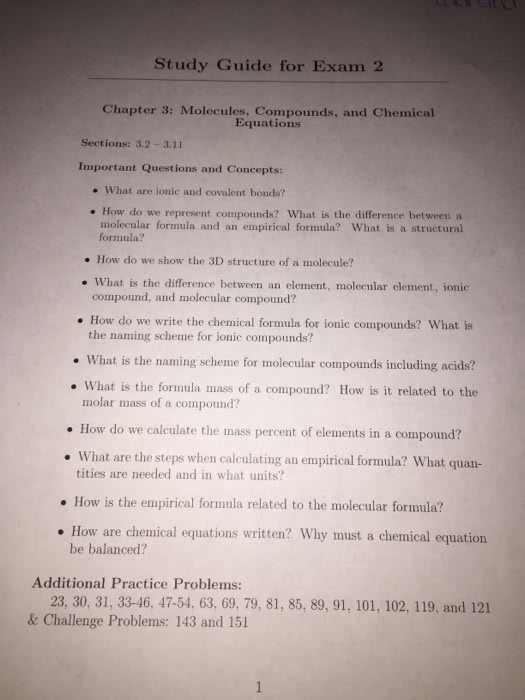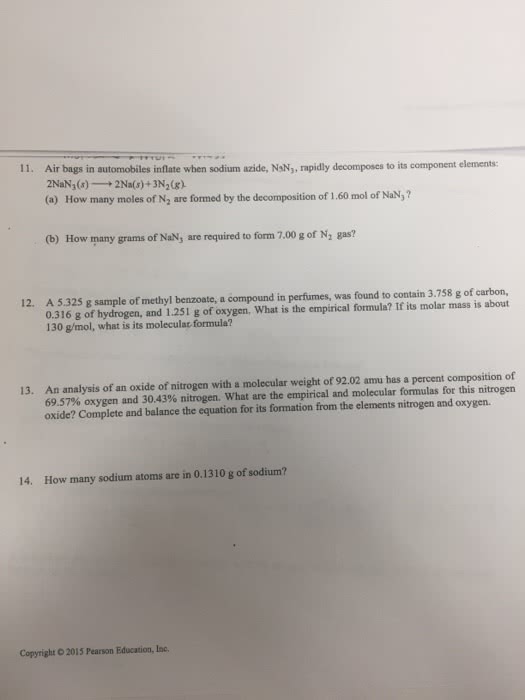CHEM 120A Lecture Notes - Lecture 8: Stoichiometry, Limiting Reagent, Reagent
Document Summary
1st: find the moles of each element. 2nd: find the subscripts by dividing the moles by the smallest element of the compound. 3rd: if subscripts are not whole number multiplying them to get a whole number. Molecular formula = empirical formula x n. Occur when bonds between atoms are formed or broken. When a single bond is broken, energy is released: when it forms, energy is absorbed, chemical reactions involve changes in matter, chemical equations represent reactions. In a chemical equation, due to the law of conservation of mass, you must have the same number of atoms on both sides of the equation. The study of the numerical relationship between chemical quantities in a chemical reaction. In chemical equations, the relative molarities of the products and reactants are specified by their coefficients: example: suppose that we burn 22. 0 moles of c8h18.



